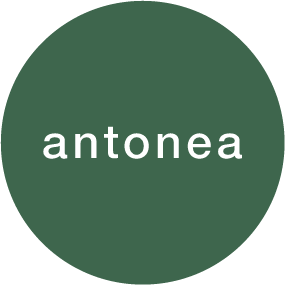University of Auckland was looking to completely shift their online presence. They wanted change beyond a redesign. They needed a digital transformation and that’s what we gave them in 2016.
The unique approach we took on this product is what really made our team succeed. We expanded our team and worked together with the client as an integral part of our team. We workshopped, we design sprinted, we did agile-thingies. If it’s a buzz word, we did it.
Role
I led the UI design through phase 2 of this project and worked with a close team of 1 UXer ,1 Frontend Developer, a Content Strategist, a Project Lead and a Scrum Master.
Challenge
Create a system of flexible templates that allow hundreds of authors to create, edit and publish new pages in a way that allows them to feel like they are creating a custom page without sacrificing the integrity of consistent design system. Oh yeah, and make sure the thousands of pages we currently have can seamlessly transition to the new design.
Throughout my research I found that university sites generally suck. The designs aren’t sustainable and once the site is handed back to business their authors and copywriters quickly find that they are restricted by templates and start to find creative ways to hack them to do what they want.
Process and Approach
Treat the client like a part of our team. Work together with them through an agile framework to build out new templates that support a library of custom components that authors and editors can use successfully.
What’s really bothering you?
We sat down with the content team and heard about the restraints that their current system had and got to the bottom of what they really wanted to achieve when creating new pages. Members at the uni wanted their page to feel important and to be different. The content they were creating was important and their old dated design and limiting style library wasn’t showcasing how great their content was.
Content is king!
I met with a room of copywriters and authors and showed them what’s important when creating content for the web. We outlined why imagery was important, how you can successfully take a break from heavy paragraphs with pullouts and headlines and when writing their content to always keep in mind how there content will not only read, but how it will look.
Outcome
We designed 4 templates to support thousands of pages. Within these templates I designed components that would be dropped into different grid sizes so it gave the content team the ability to have different layouts that felt unique, but also felt like they belonged on the site and had a sense of consistency.
Test it and see
I worked closely with my UX Designer to test all of our components. We created a few unique components and we didn’t know how users would respond to them so we would go out into our office foyer or the uni campus with a laptop and give users a task to perform. Testing was a make or break task for our components and a really awesome learning experience… even though it was shit getting rejected by people who said they were late for their bus so didn't have the time to participate.



